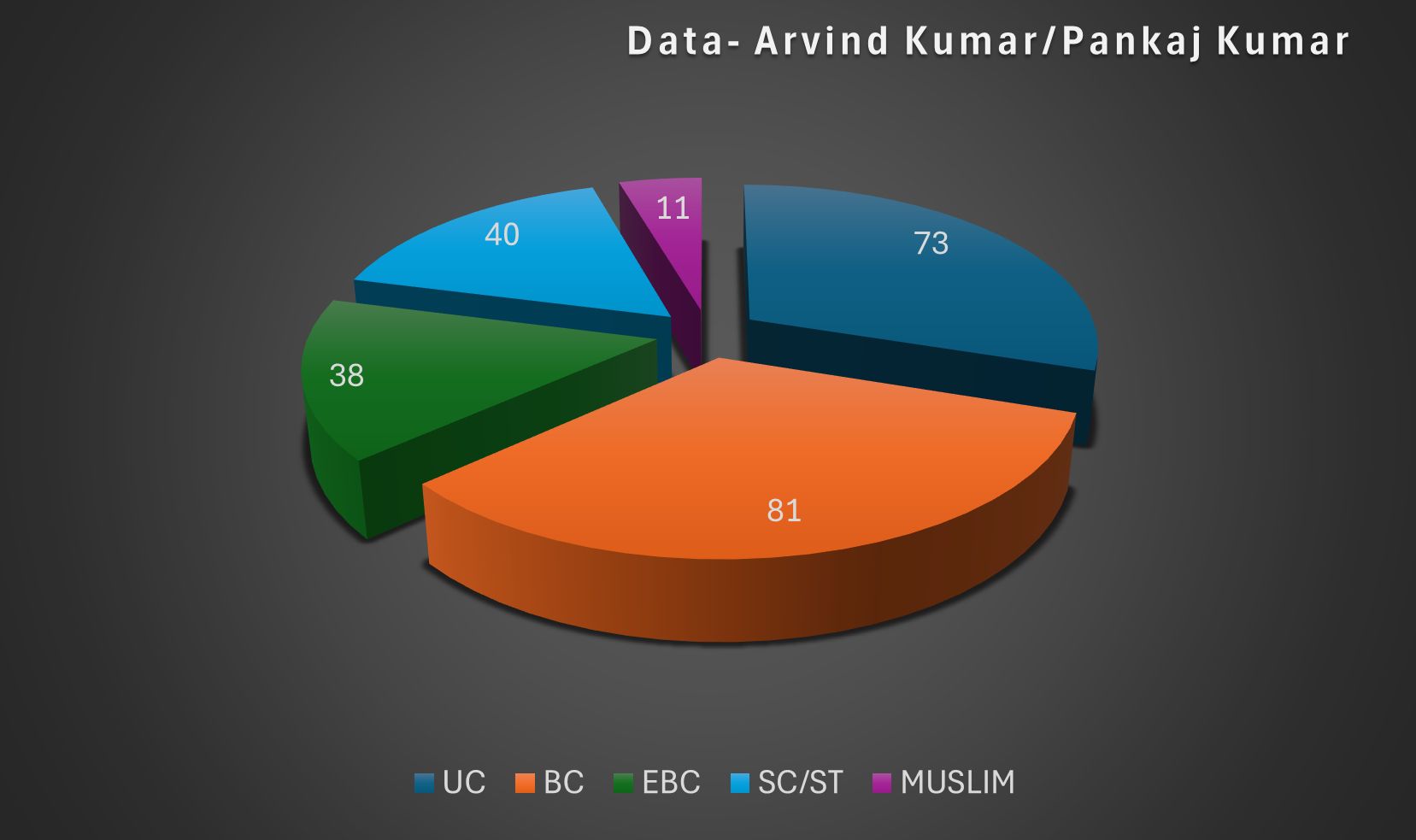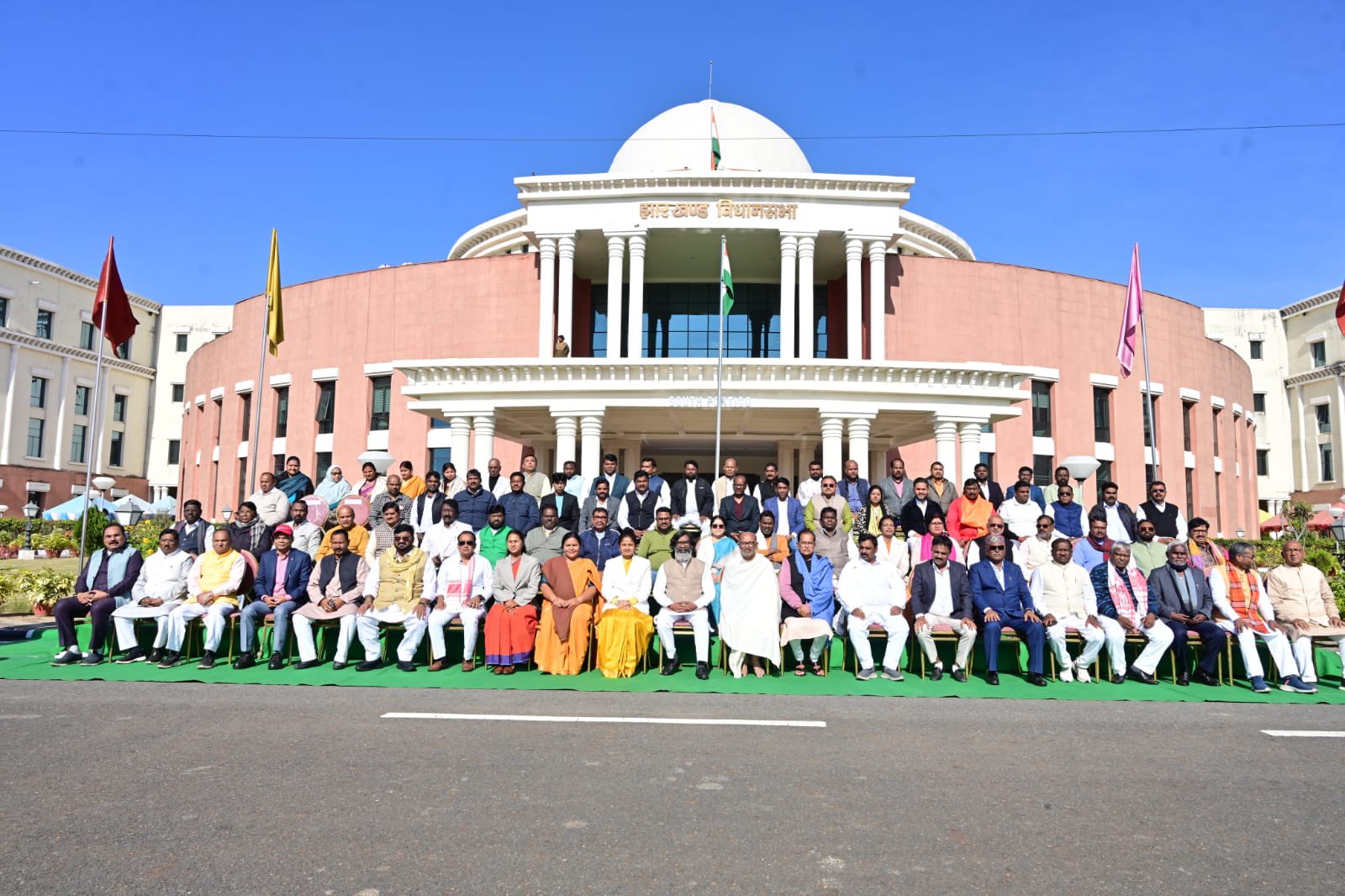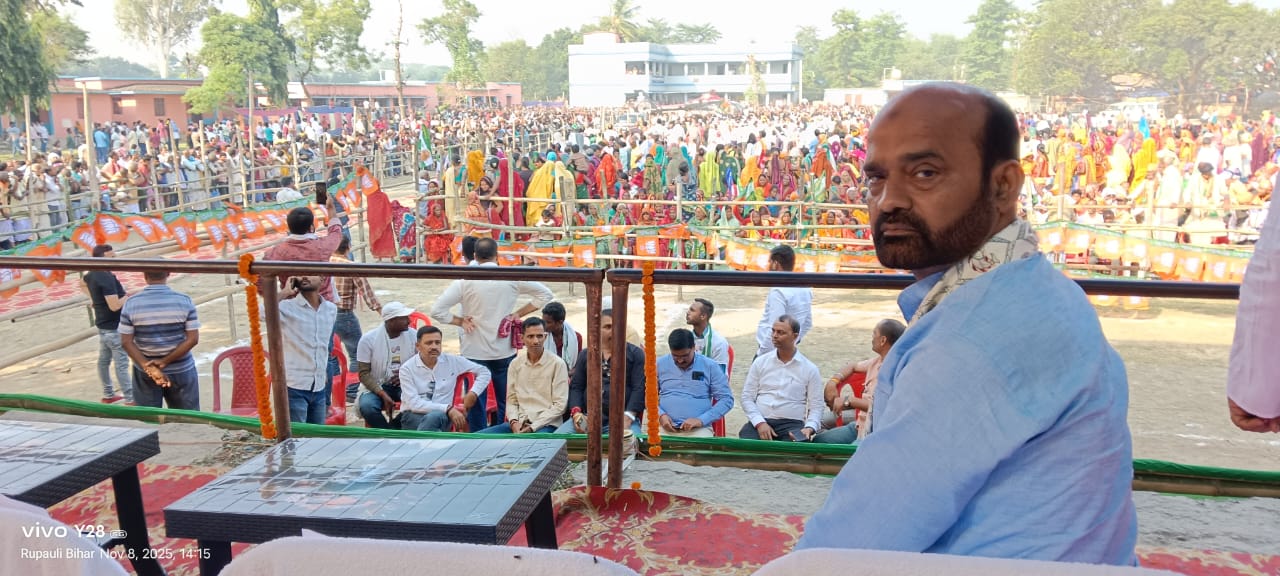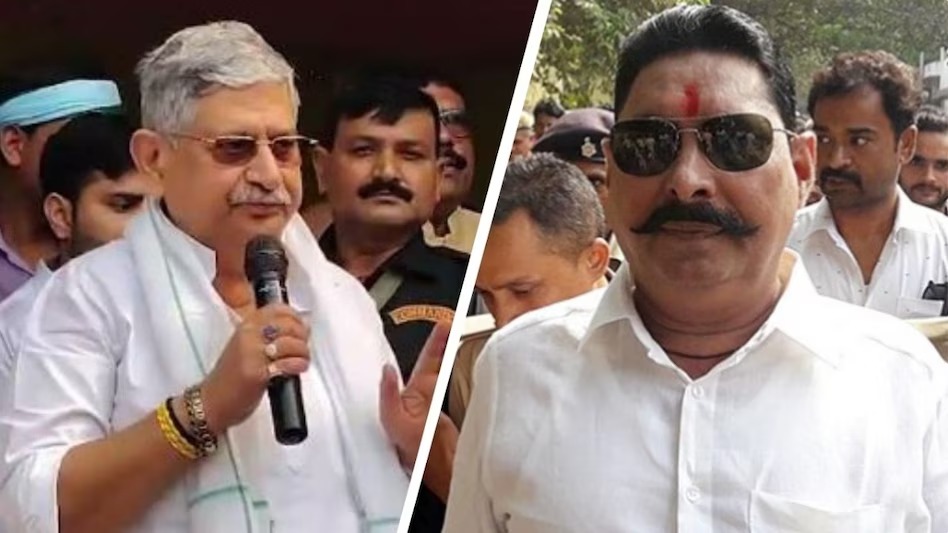The “Abua” (our or Adivasi’s own) government of Jharkhand intends to build a massive government hospital near Nagri, a village in the Kanke block of Ranchi district. This is being talked about as the second Rajendra Institute of Medical Sciences (RIMS-2). One hundred and ten acres of agricultural land owned by Adivasis have been acquired for the project. More will be needed in the future.
The move has kicked up a big row in Jharkhand. The leaders of Congress – a part of the ruling coalition – are divided on this issue. While the state health minister Irfan Ansari (who is from the Congress) is firm that the hospital will come up at the identified site, Bandhu Tirki, also a Congress leader and a former minister, sees no reason why a hospital should be built on fertile farmland. Another leader, Geetashree Oraon, is also opposed to the idea.
Jharkhand, sitting on a plateau, is short on agricultural land. The Adivasis have, with great effort, cleared forests and shrubs to use the land for farming. The economy of the Adivasis has always revolved around farming and forest produce. They consider Jal, Jangal and Zameen (water, forest and land) the fountain of life and have been fighting to save them since colonial times. Whether it was Sido-Kanhu’s ‘Hul’ or Birsa Munda’s ‘Ulgulan’ – both were basically movements for saving Jal, Jangal and Zameen. These movements forced the British to promulgate special statutes for protecting Adivasi land. The Fifth and the Sixth Schedules of the Constitution and the Chota Nagpur and Santhal Pargana Tenancy Acts are all part of the legal framework created for the purpose.
Ironically, violating these laws, the so-called “Abua” Government of Jharkhand, is adamant on building a Rs 1000-crore hospital on agricultural land.
Notably, in 2012-13 when Raghubar Das was chief minister, the government had decided to acquire a large area of land around Nagri for developing an “Education Hub”. The issue went up to the Supreme Court. With the court’s intervention, a central law university came up on a part of that land.
Now, more than a decade later, the Hemant Soren government wants to build a hospital on another portion of that land. Interestingly, at the time, the Bharatiya Janata Party (BJP) government was trying to acquire this land of Adivasis in the name of development and the Jharkhand Mukti Morcha (JMM, then in opposition) was opposing it. The then JMM chief Shibu Soren, while addressing a public meeting of the villagers, had announced that acquisition of farmland for non-agricultural purposes won’t be allowed. He had urged the farmers to till the land and sow. Now, the BJP is the principal opposition party. It is opposing the project while the JMM is supporting it.
The BJP intends to use the issue to ‘expose’ the JMM, which has come to power courtesy of Adivasi votes and calls itself as a benefactor and well-wisher of the Adivasis. BJP leaders, including former chief minister Babulal Marandi, many MPs and former minister Sanjay Seth are among those involved in this campaign.
The area where the hospital is proposed is populated by Oraon Adivasis. It is said that Oraon Adivasis originally lived in Rohtas Garh. They were forced to abandon the area because of constant attacks by the Mughals. They migrated to the Ranchi region, which was home to the Munda Adivasis. There was, however, no conflict between the two tribes. They lived together peacefully. When a large number of Oraons began settling in the area, an agreement was worked out between the two tribes under which Oraons were to remain within the confines of the Ranchi district. To commemorate this historic agreement, an annual fair, called Mudma Mela, is held near the Ring Road every year.
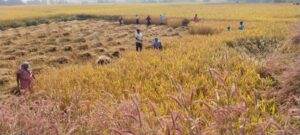
Oraons are adept in farming but farmland is shrinking with the expansion of cities. Ranchi was once a conglomerate of villages but the arrival of missionaries and the establishment of Heavy Engineering Corporation (HEC) led to the emergence of Ranchi as a city. After the formation of Jharkhand, Ranchi became its capital and now the city is growing at a breakneck speed. Vacant land within the city limits has already been consumed by “development”. Farming is now confined to strips of land on both sides of the roads that connect Ranchi with other cities. But even that land is shrinking as new roads are being laid and the existing ones are being converted into four- and six-lane highways. Trees are being felled and hillocks are being levelled.
This issue has another worrying dimension. The healthcare system in the entire state is in a shambles. Doctors don’t visit Primary Health Centres. Block and district hospitals are also in a sorry state. The only government hospital in Ranchi is RIMS, which was established in 1960. But it, too, is facing an acute shortage of doctors, nurses and paramedics.
According to a CAG (Comptroller and Auditor General of India) report, of the 3634 sanctioned posts of doctors (including specialists) in the state, 2,210 (almost 60 per cent) are vacant. Similarly, against 5,872 posts of nurses, only 3,033 are filled. There are 1,080 sanctioned posts of paramedics, of which 864 are vacant.
In this situation, even the common man is wary of visiting government hospitals. The upper and middle classes totally avoid government hospitals. The common people also visit private hospitals or use the services of quacks. They, too, want to avoid government hospitals as much as possible. RIMS, thus, caters to patients from all over the state. Instead of improving the existing healthcare infrastructure, the government opted for setting up a new hospital.
Many social organizations have opposed the project. Of course, unlike the BJP government, the JMM dispensation is not barbarically suppressing the protests. But it is not ready to back out either.
This raises a valid question. Why is the government bent on building a hospital on fertile agricultural land in a Fifth Schedule area? Ample land belonging to the HEC is lying unused. There is no dearth of land outside the Fifth-Schedule areas either. Despite all this, why pick Nagri to build a new hospital? Is it because it is easy to oust the Adivasis from their land in the name of development? Is it because it is easy to make them homeless? Or, does the government intend to grab Adivasi land in instalments and hand it over to the corporates?
Adivasis have been displaced from their homes and Jal, Jangal and Zameen since Independence invoking national interest and the need for development. Around a third of the Adivasi populace has been displaced to make way for mega infra projects, factories, steel plants, mining and national parks and wildlife sanctuaries. The elite class seems to believe that the Adivasis will have to make sacrifices for the sake of national development. It is sad that the “Abua” government of Jharkhand also shares this viewpoint.
(Translated from the original Hindi by Amrish Herdenia)

